What Are the Best Types of Therapy for Trauma?
![]() Redeemed Mental Health
on
September 24, 2024
Redeemed Mental Health
on
September 24, 2024
 An average of 50% of women and 60% of men will experience a major traumatic event in their lifetime. This means that the majority of Americans will experience a traumatic event as an adult. That trauma always leads to risks including mental and psychological side-effects with complications that can include increased anxiety, reduced quality of life, and major mental health disorders like post-traumatic-stress disorder. PTSD develops in about 30% of cases where an individual experiences severe trauma. Getting treatment early means mitigating those side-effects and preempting the risk of PTSD developing.
An average of 50% of women and 60% of men will experience a major traumatic event in their lifetime. This means that the majority of Americans will experience a traumatic event as an adult. That trauma always leads to risks including mental and psychological side-effects with complications that can include increased anxiety, reduced quality of life, and major mental health disorders like post-traumatic-stress disorder. PTSD develops in about 30% of cases where an individual experiences severe trauma. Getting treatment early means mitigating those side-effects and preempting the risk of PTSD developing.
Trauma treatment also requires custom or personalized therapeutic approaches that address underlying or “pre-risk” factors like stress, environment, genetics, personality, coping mechanisms, and worldview. As a result, the best therapy for treating trauma is often customized to the person. However, some treatment options are relied on for trauma and PTSD treatment more than others.
Counseling May be Enough for Early Trauma Treatment
In most cases, the side-effects of trauma should go away on their own in about 2 weeks after the trauma occurs. In other cases, it can take up to about 2 months. Here, it’s often recommended to seek out counseling. For example, many police departments offer counseling to individuals who have experienced trauma. It’s also more and more common for emergency service responders to receive trauma counseling as part of response to traumatic events.
Counseling means that you have someone working with you from day one to identify any blockers to recovery, to help you talk through the traumatic event, and to recognize if things are not going well. That means you have someone on-hand to help you recover so you might not need ongoing therapy or more intensive treatment.
The Best Therapy for Trauma Treatment
Globally, CBT or cognitive behavioral therapy is the primary treatment used for therapy and for PTSD. However, other treatment types are also used.
1. Cognitive Behavioral Therapy (CBT)
 Cognitive behavioral therapy or CBT was first developed in the 1950s to help people understand their thoughts and feelings and to learn behaviors to control, manage, and relate to those thoughts and feelings. In trauma-treatment, it usually means bringing exposure therapy, cognitive restructuring to change behavior (E.g., to stop negative thought patterns), and to learn acceptance and coping mechanisms.
Cognitive behavioral therapy or CBT was first developed in the 1950s to help people understand their thoughts and feelings and to learn behaviors to control, manage, and relate to those thoughts and feelings. In trauma-treatment, it usually means bringing exposure therapy, cognitive restructuring to change behavior (E.g., to stop negative thought patterns), and to learn acceptance and coping mechanisms.
As a result, CBT is often the first choice for trauma treatment almost everywhere. For PTSD treatment, it’s also normally combined with exposure therapy, where a normal course of treatment might include 5-6 weeks of a benzodiazepine to reduce symptoms of PTSD followed by CBT with exposure therapy starting in the middle or near the end of the CBT program. In this capacity, it’s one of the most proven treatments for helping patients to recover from PTSD.
2. Trauma-Focused CBT
TF-CBT is a form of CBT developed in the 1990s to specifically treat trauma and PTSD. It’s also specifically designed for younger patients and is delivered over 8-25 sessions. Here, therapy focuses on delivering culturally adapted CBT to help children change worldview, process distress, and learn coping mechanisms.
While technically a subtype of CBT, TF-CBT is considered the strongest and most evidence-backed treatment choice for children and adolescents. As a result, most people under the age of 17 with PTSD receive this treatment.
Prolonged Exposure Therapy (PE)
Prolonged Exposure Therapy or PE is a form of CBT that switches the focus away from reframing emotions and emotional processing and towards confronting and processing events and trauma. The treatment program typically consists of 8-15 90-minute sessions with weekly exposure to trauma in a safe environment, mixed with tactics to process emotions, keep the body calm, and reduce negative reinforcement. This line of treatment is ideal in situations where the individual may have low risk factors relating to the traumatic event and may be good at emotional processing, but still needs help with a specific traumatic event. The idea is to specifically target and focus on the specific trauma rather than on emotional and trauma processing as a whole. That means confronting, processing, and desensitizing to specific trauma and environments, resulting in decreased fear response, decreased avoidance, and increased ability to cope and apply other coping mechanisms to the event.
or PE is a form of CBT that switches the focus away from reframing emotions and emotional processing and towards confronting and processing events and trauma. The treatment program typically consists of 8-15 90-minute sessions with weekly exposure to trauma in a safe environment, mixed with tactics to process emotions, keep the body calm, and reduce negative reinforcement. This line of treatment is ideal in situations where the individual may have low risk factors relating to the traumatic event and may be good at emotional processing, but still needs help with a specific traumatic event. The idea is to specifically target and focus on the specific trauma rather than on emotional and trauma processing as a whole. That means confronting, processing, and desensitizing to specific trauma and environments, resulting in decreased fear response, decreased avoidance, and increased ability to cope and apply other coping mechanisms to the event.
Cognitive Processing Therapy
Cognitive Processing Therapy is based on CBT but is specifically designed for individuals with PTSD or trauma complications. The idea is that persons with PTSD are unable to recover on their own, which means that the focus is on identifying and removing the blockers to recovery. That’s typically delivered across 12 sessions focused on helping individuals to understand worldview, though processes, automatic responses, and to identify and correct negative thoughts and behavior patterns that contribute to symptoms. The idea is to build the beliefs, skills, and coping mechanisms that contribute to the ability to recover – essentially delivering building blocks for recovery. CPT is considered a first line treatment for PTSD.
Eye Movement Desensitization and Reprocessing (EMDR)
EMDR was designed in the 1980s as a therapy specifically for treating trauma. Here, the therapy primarily focuses on exposure therapy, where the individual is asked to consider specific distressing memories or thoughts at the same time as sensory stimulation with either a moving object to focus on, tapping, or other body stimulus. The idea is that patients with trauma typically experience impaired memory processing, and the body may respond as though it is experiencing the trauma. Exposure therapy with EMDR forces the body to be physically present in the present, allowing the patient to process the memory as what it is – a memory. EMDR sessions are typically once or twice per week for 6-12 weeks depending on patient responsiveness. The results are almost always reduced distress in response to the traumatic event.
Narrative Exposure Therapy (NET)
 Narrative Exposure Therapy or NET is a type of trauma therapy normally applied after the fact and for cases of complex PTSD. Here, the therapy helps the individual to organize and write out their trauma in a chronological order – stopping to understand and acknowledge the impact and emotions behind events at every stage. Narrative Exposure Therapy is one of the most important therapies in treating longer-term trauma exposure such as refugees and for cases of domestic and child abuse. However, it’s also most-often combined with CBT or followed up with CBT in order to also deliver reframing, coping skills, and emotional processing strategies that enable recovery.
Narrative Exposure Therapy or NET is a type of trauma therapy normally applied after the fact and for cases of complex PTSD. Here, the therapy helps the individual to organize and write out their trauma in a chronological order – stopping to understand and acknowledge the impact and emotions behind events at every stage. Narrative Exposure Therapy is one of the most important therapies in treating longer-term trauma exposure such as refugees and for cases of domestic and child abuse. However, it’s also most-often combined with CBT or followed up with CBT in order to also deliver reframing, coping skills, and emotional processing strategies that enable recovery.
Dialectical Behavioral Therapy (DBT)
Dialectal behavioral therapy or DBT is a branch of CBT. It was originally designed to help individuals with personality disorders such as schizophrenia or borderline personality disorder by focusing on acceptance of things as they are, minimizing symptoms that are there, and improving emotional regulation. The focus of the therapy is not “recovery” but improved quality of life. As a result, it’s not a primary treatment for PTSD. However, it’s a line 2 treatment for individuals who have complex PTSD that has been shown as resistant to other treatments. Here, you work to learn to understand symptoms, to learn tactics to reduce symptoms, and to learn tactics to manage and prevent symptoms where you can. Together, these can have a powerful impact on quality of life.
Conclusion
There are more therapies used to treat trauma and PTSD. In addition, there’s no one best option. For many people, choosing the right therapy means going to a doctor, getting advice, and being referred to a specialist in trauma and PTSD. From there, you’ll be given a program that tackles your unique experiences, personality, and trauma, so you may receive a mix of treatments. However, CBT is the most common treatment for PTSD, so chances are very high that if you have trauma, PTSD, or complex PTSD, treatment will start there. Good luck getting help.
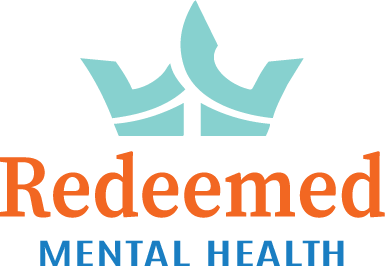

 Machine learning, commonly referred to as artificial intelligence, is more and more often integrated into mental healthcare. Here, algorithms are used as chatbots, with the option to provide 24/7 support at a low level and to escalate cases to people as needed. AI also provides predictive analytics, which enable monitoring patients after graduating from programs, monitoring app usage, and implementing early intervention programs. For example, Facebook has an
Machine learning, commonly referred to as artificial intelligence, is more and more often integrated into mental healthcare. Here, algorithms are used as chatbots, with the option to provide 24/7 support at a low level and to escalate cases to people as needed. AI also provides predictive analytics, which enable monitoring patients after graduating from programs, monitoring app usage, and implementing early intervention programs. For example, Facebook has an  Modern medicine increasingly points out that everything from behavioral responses to addiction are partially determined by genetics. This means that genetic testing is increasingly viable as part of treatment, where it is used to inform treatment plans. That includes identifying and managing vulnerabilities, identifying potential reactions to specific interventions and medications, and creating more effective individual treatment strategies.
Modern medicine increasingly points out that everything from behavioral responses to addiction are partially determined by genetics. This means that genetic testing is increasingly viable as part of treatment, where it is used to inform treatment plans. That includes identifying and managing vulnerabilities, identifying potential reactions to specific interventions and medications, and creating more effective individual treatment strategies.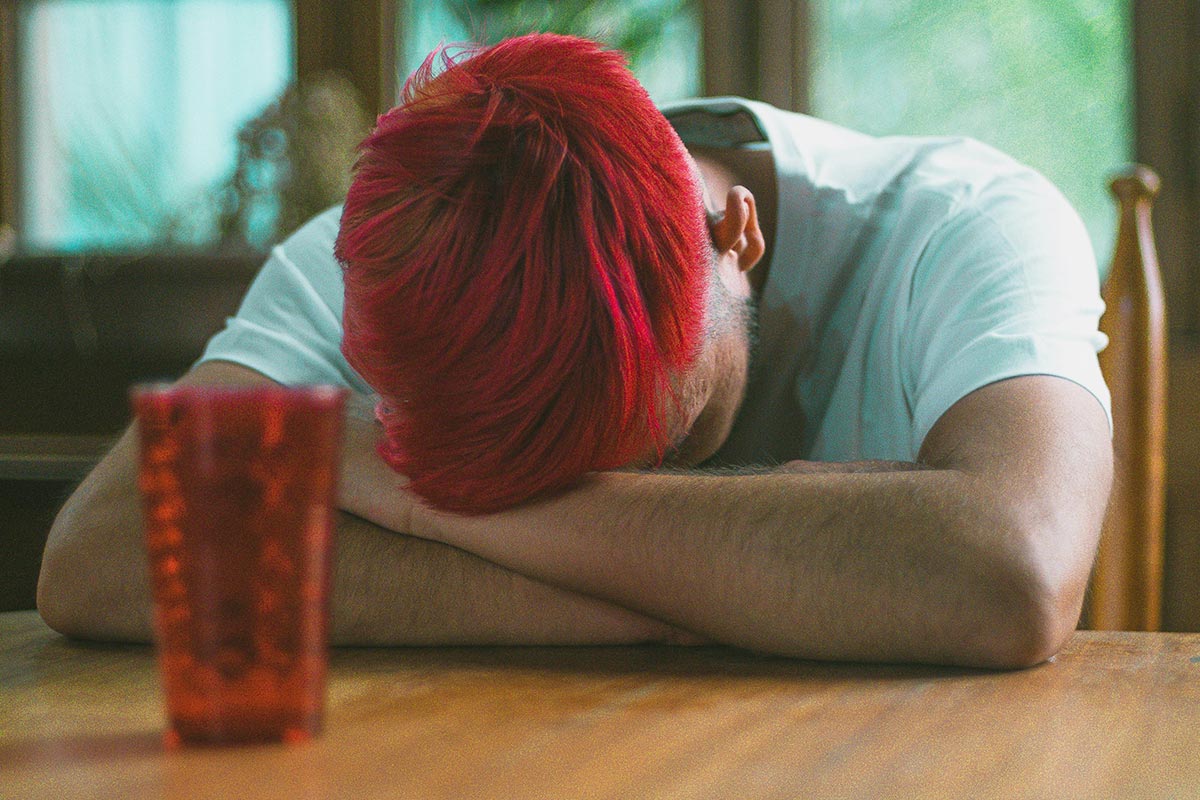
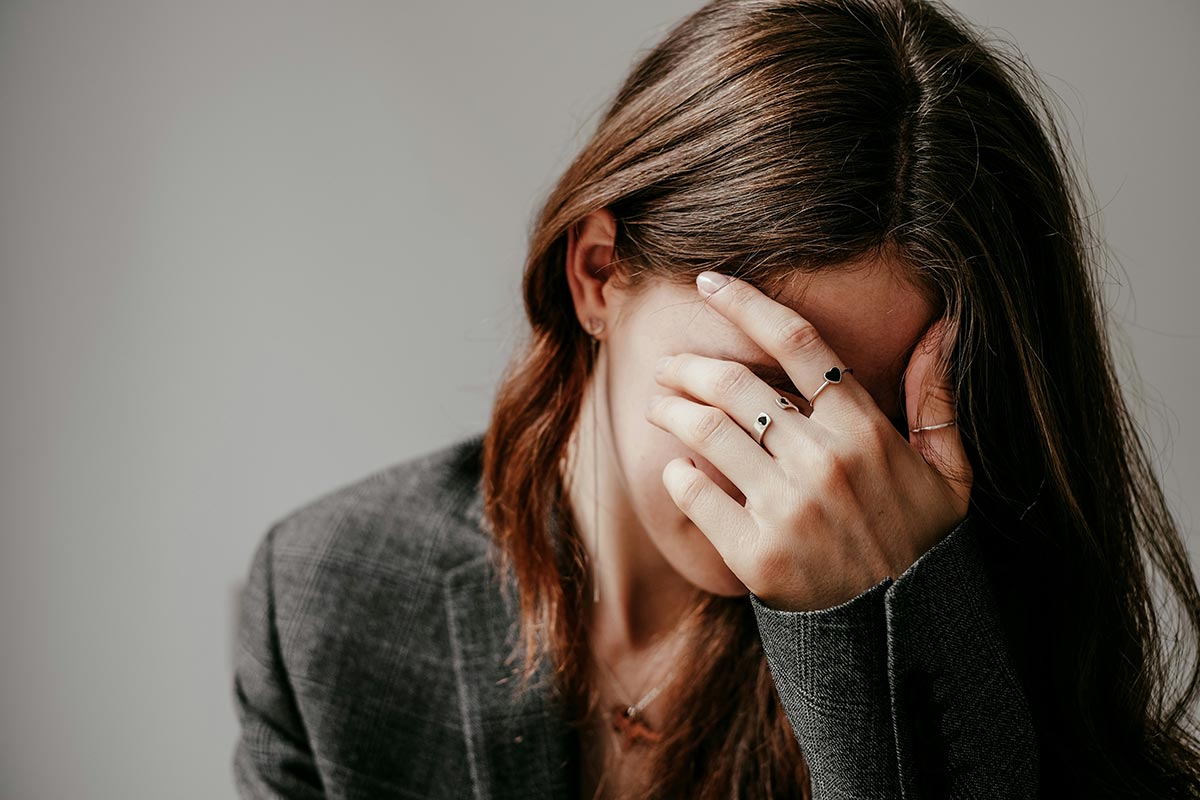 Most people will eventually struggle with trauma. An estimated
Most people will eventually struggle with trauma. An estimated 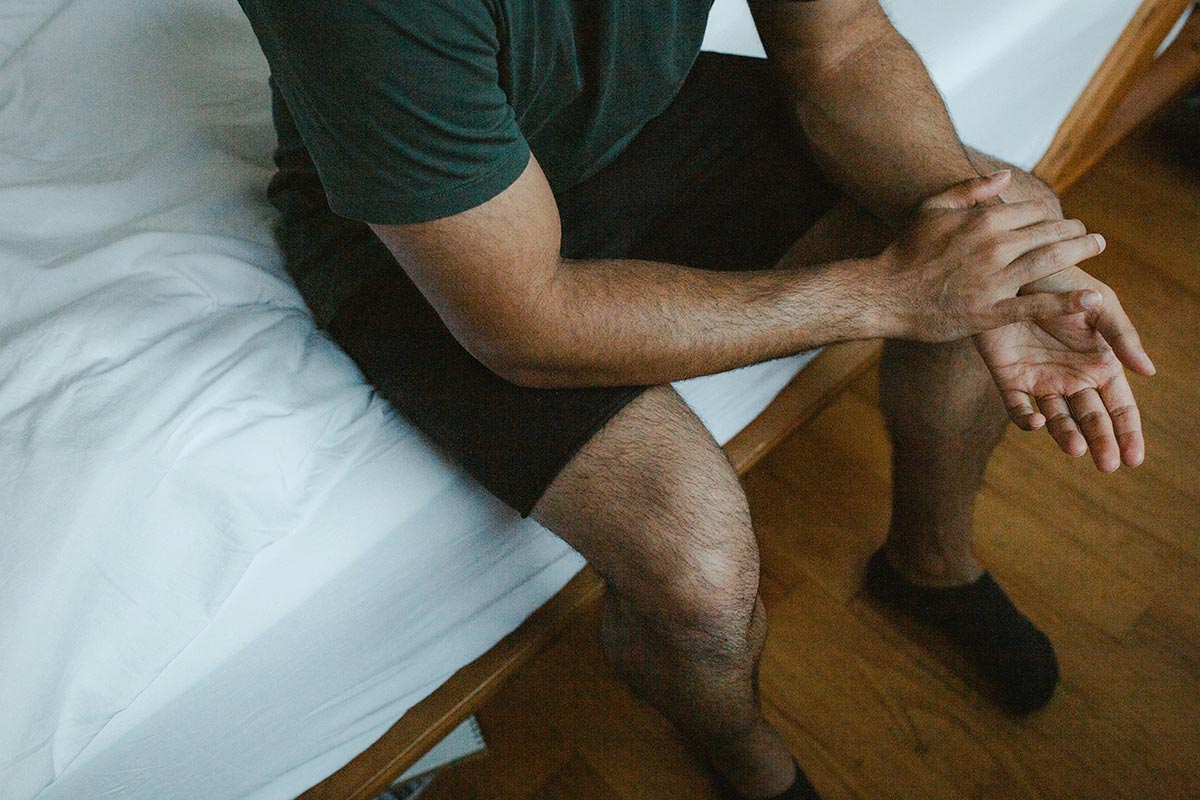

 There are plenty of benefits to going to an
There are plenty of benefits to going to an 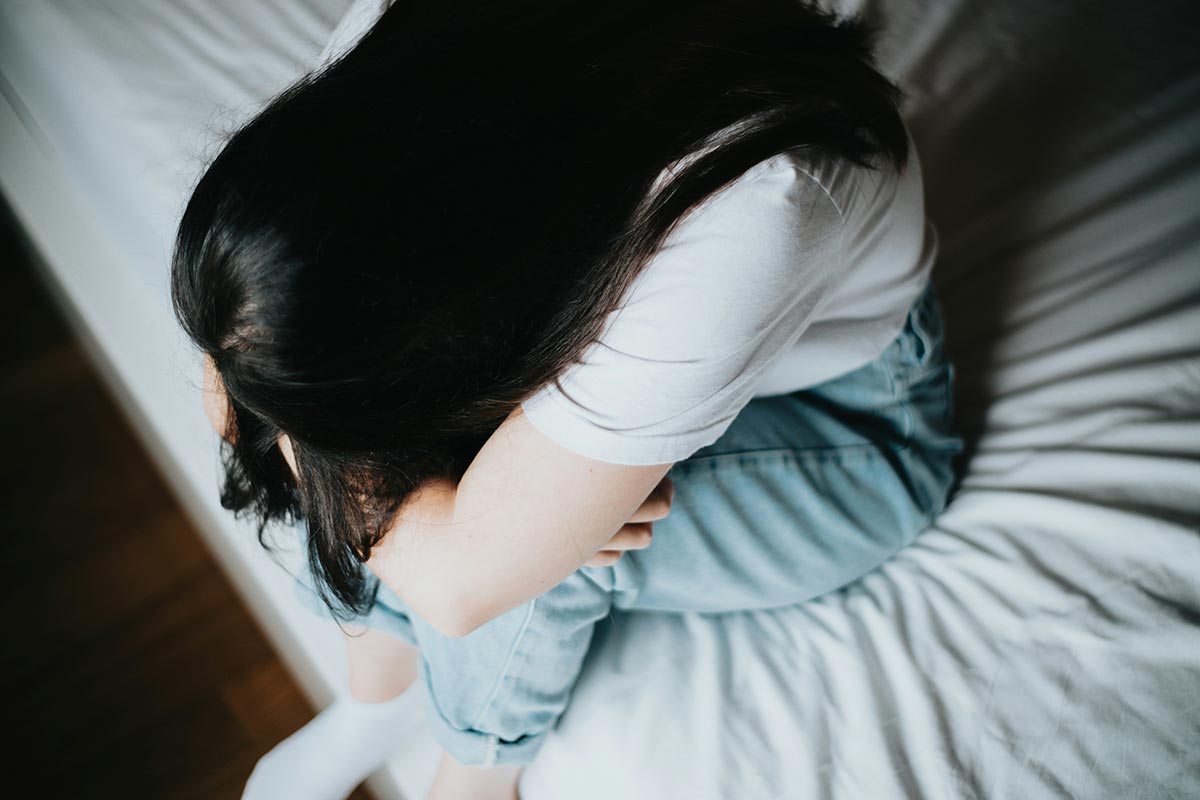
 Anosognosia is extremely rare on a population level but extremely common when you start to look at the specific groups that it affects. For example, one study shows that it impacts an estimated 40% of people with bipolar disorder, 40-98% of persons with schizophrenia, and 20-80% of persons with Alzheimer’s.
Anosognosia is extremely rare on a population level but extremely common when you start to look at the specific groups that it affects. For example, one study shows that it impacts an estimated 40% of people with bipolar disorder, 40-98% of persons with schizophrenia, and 20-80% of persons with Alzheimer’s.

 Untreated mental health disorders can significantly impact quality of life. That often means you’ll be dealing with mental health problems like anxiety, depression, feeling down, and low energy – all while being asked to work on high-maintenance self-care and self-improvement routines.
Untreated mental health disorders can significantly impact quality of life. That often means you’ll be dealing with mental health problems like anxiety, depression, feeling down, and low energy – all while being asked to work on high-maintenance self-care and self-improvement routines.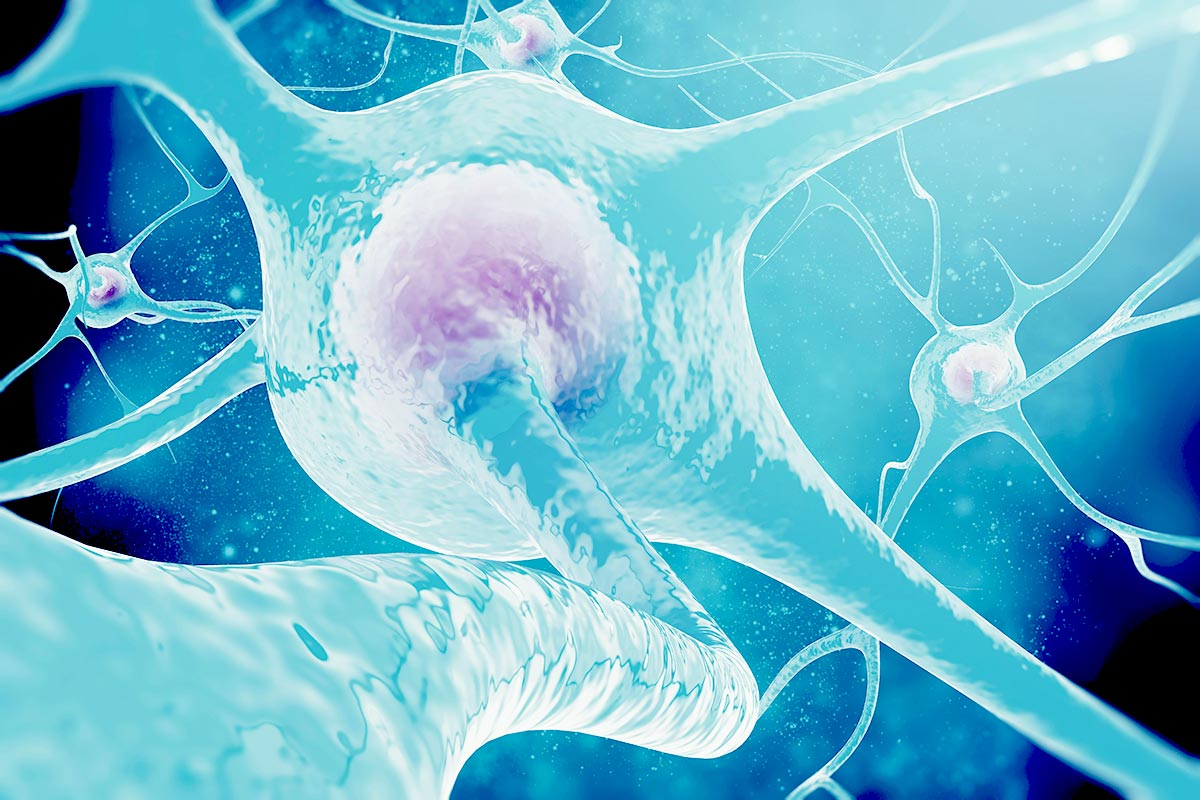
 Depression reduces the production of serotonin. Reduced serotonin means that the brain is less able to regulate mood and emotion. So, the brain feels more depressed, worsening the issue. Eventually, the brain might adapt to seek out serotonin-producing experiences (e.g., food, TV, drugs or alcohol, etc.).
Depression reduces the production of serotonin. Reduced serotonin means that the brain is less able to regulate mood and emotion. So, the brain feels more depressed, worsening the issue. Eventually, the brain might adapt to seek out serotonin-producing experiences (e.g., food, TV, drugs or alcohol, etc.). The common perception of the brain is that it doesn’t heal. At the same time, medical science has know that isn’t true for decades. When faced with physical trauma to the brain, patients show a remarkable ability to regenerate tissue and recover. People who have impairment to the hippocampus following significant substance abuse typically recover, so you can’t tell their brain from a healthy brain
The common perception of the brain is that it doesn’t heal. At the same time, medical science has know that isn’t true for decades. When faced with physical trauma to the brain, patients show a remarkable ability to regenerate tissue and recover. People who have impairment to the hippocampus following significant substance abuse typically recover, so you can’t tell their brain from a healthy brain 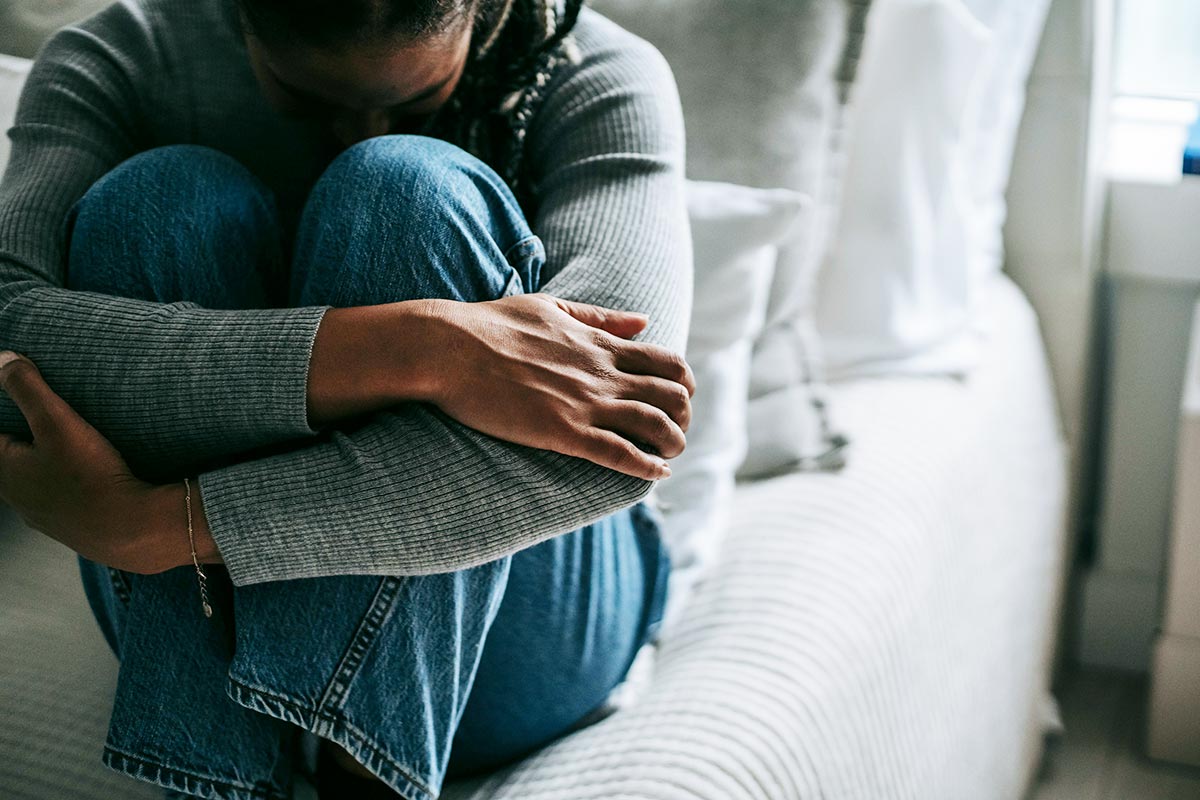
 You can also look for statements like:
You can also look for statements like: You can also look for signs of poor mental health like:
You can also look for signs of poor mental health like: In 2021, an estimated
In 2021, an estimated  When Should You Seek Help?
When Should You Seek Help?
 Today, it’s estimated that some 0.5-1% of the population has schizophrenia and that
Today, it’s estimated that some 0.5-1% of the population has schizophrenia and that 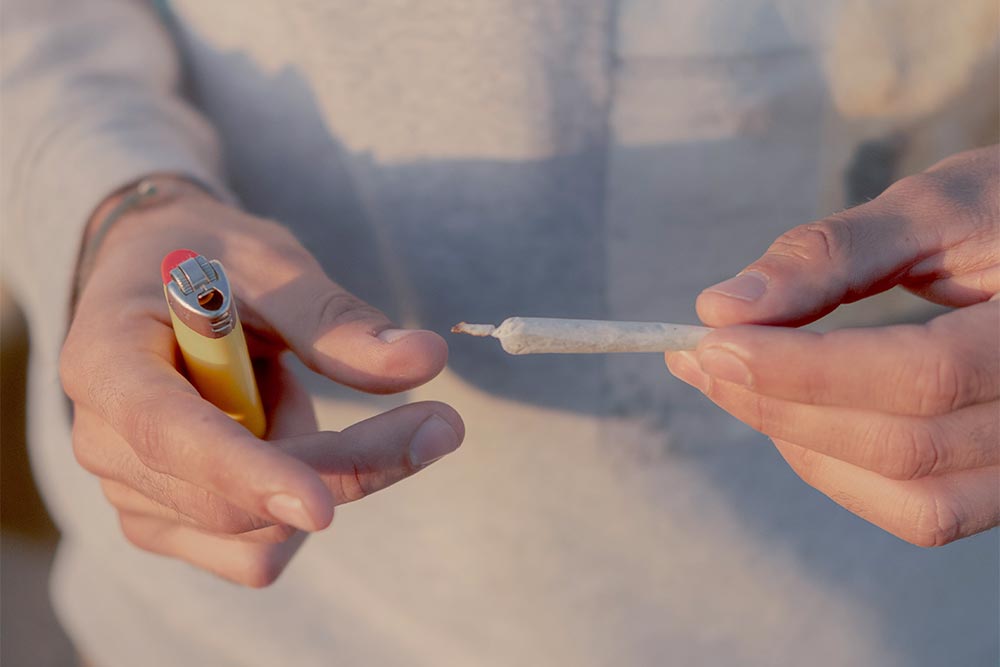 There are plenty of risk factors that can contribute to your likelihood of a schizophrenia diagnosis related to cannabis usage. The following include some of the most common:
There are plenty of risk factors that can contribute to your likelihood of a schizophrenia diagnosis related to cannabis usage. The following include some of the most common:
 Assisted living and supported living solutions are an ideal way to rebound from psychosis and jail. Here, you’ll stay in a shared home for several months, sometimes longer. There, you’ll have a routine, set meal times, people to check up on you, and accountability. If you stop going to treatment or stop taking care of yourself, people notice. If you stop spending time with the group or sharing meals, people notice. That forced accountability can be an important part of recovery because it forces you to adopt the routines and schedule of self-care that can help you to stay in recovery.
Assisted living and supported living solutions are an ideal way to rebound from psychosis and jail. Here, you’ll stay in a shared home for several months, sometimes longer. There, you’ll have a routine, set meal times, people to check up on you, and accountability. If you stop going to treatment or stop taking care of yourself, people notice. If you stop spending time with the group or sharing meals, people notice. That forced accountability can be an important part of recovery because it forces you to adopt the routines and schedule of self-care that can help you to stay in recovery. Long-term care means investing your health for the long-term that means investing in self-care and ongoing support. This means:
Long-term care means investing your health for the long-term that means investing in self-care and ongoing support. This means:


















